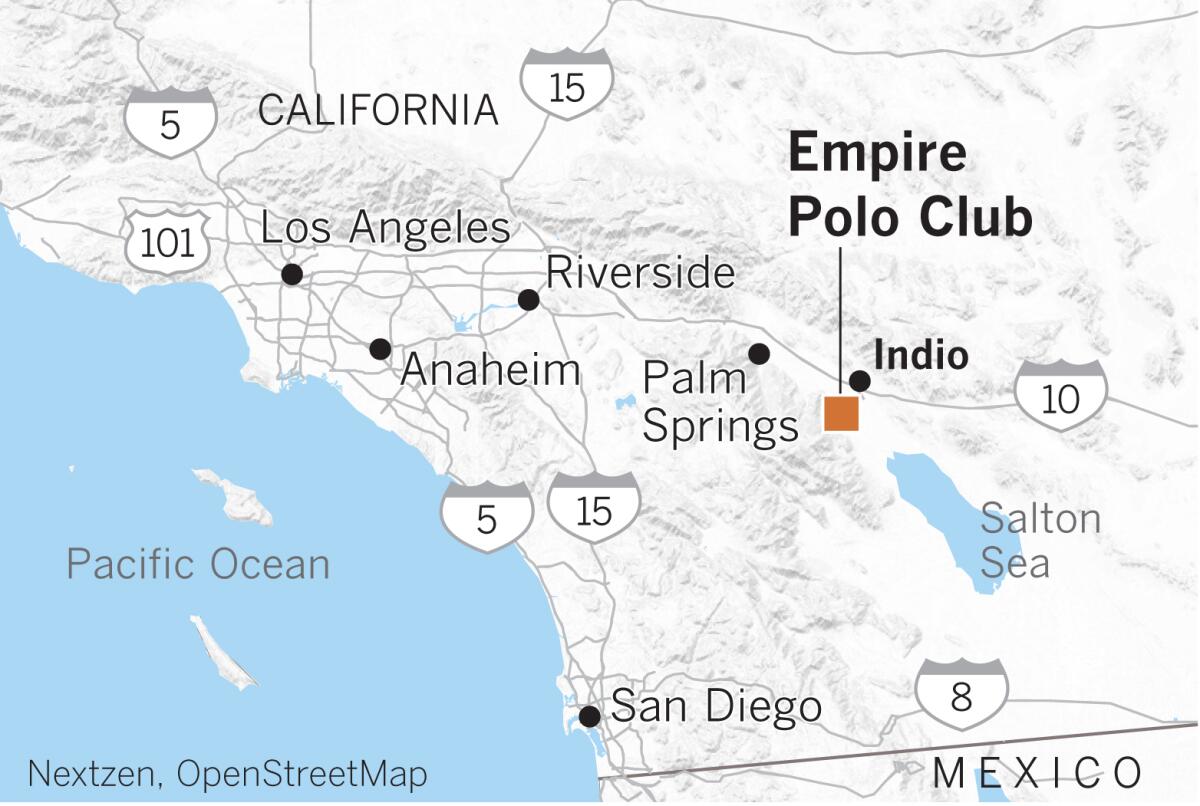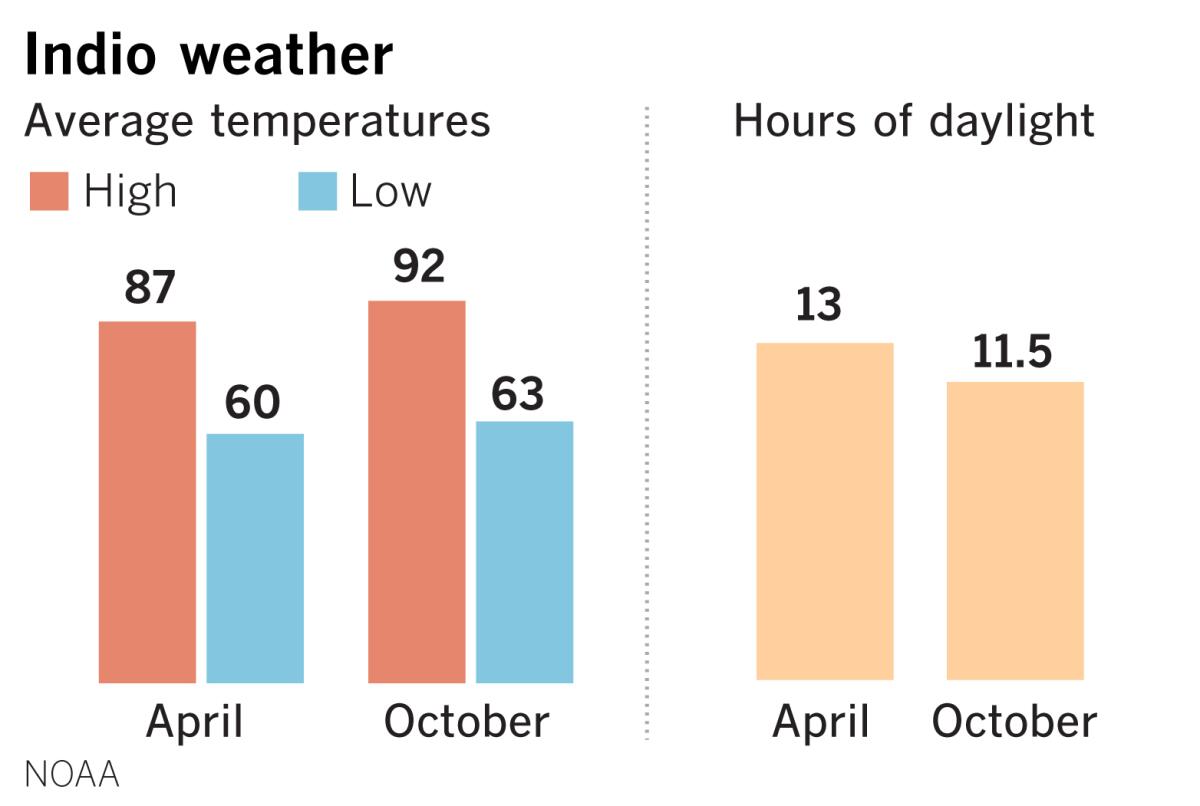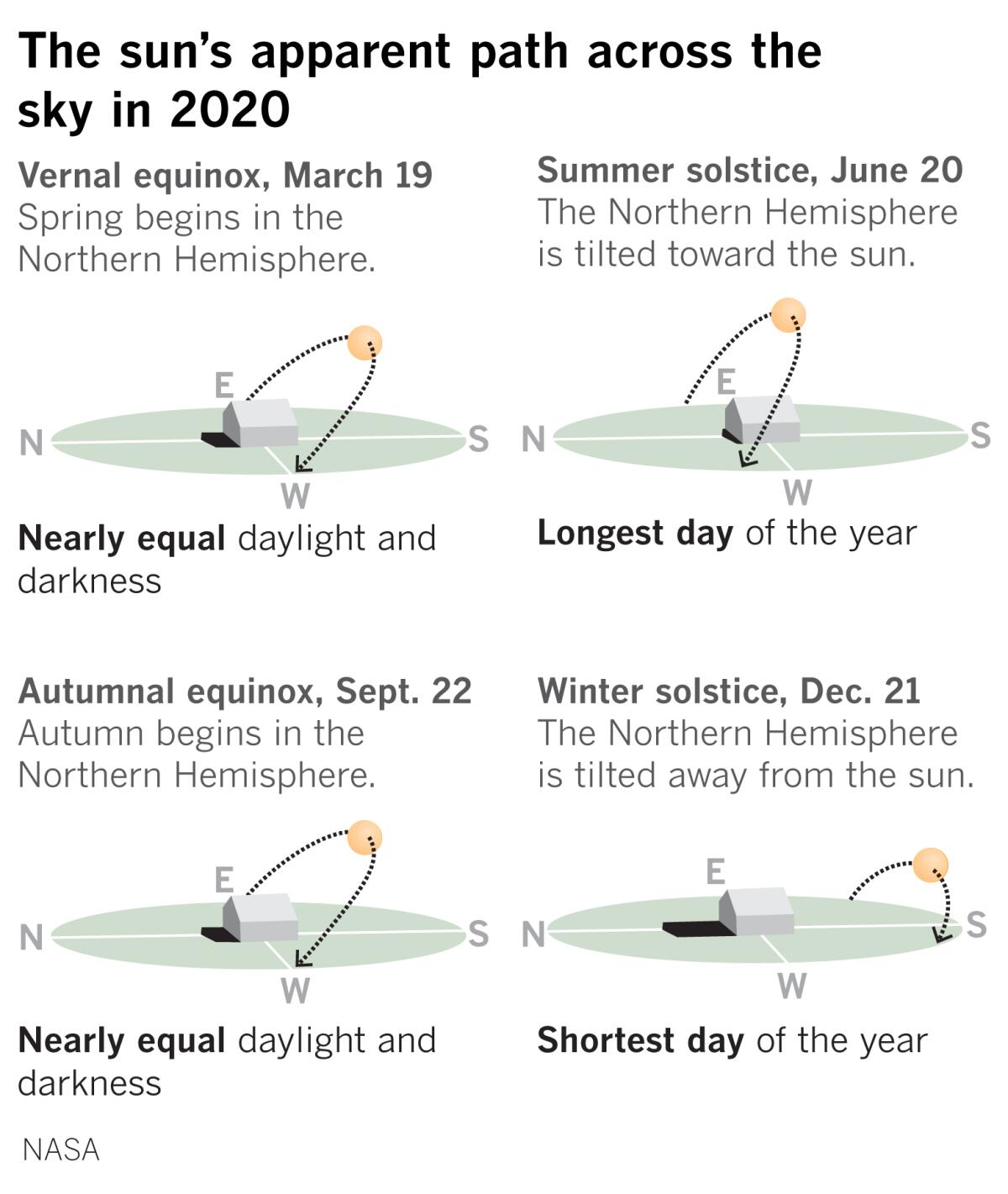Music fans at postponed events may find Coachella a little warmer in October than in April

Concert promoter Goldenvoice has postponed the Coachella Valley Music and Arts Festival until October. The Stagecoach music festival has also been postponed until the fall. Both events had been scheduled for April, but were pushed back due to COVID-19 concerns.
What does that mean in terms of weather for the events?
Average daytime high temperatures are slightly higher in Indio in October than in April. The desert town of Indio is home to the Empire Polo Club, where Coachella and Stagecoach are held.
The Coachella concert will now take place on the weekends of Oct. 9 and 16. The Stagecoach festival has been postponed until Oct. 23-25.

The average high temperature for Indio in October is 92 degrees, five degrees warmer than the average high of 87 in April. Nights are a little warmer too, with an average low of 63 in October, compared with an average low of 60 in April.
The likelihood of rain is either zero or nearly so.
There are more hours of sun in April — 13 hours per day — than there are in October, when the days are sunlit for just 11.5 hours.
The Stagecoach event was originally scheduled to begin on April 10, less than a month after the vernal equinox on March 19, which marks the first day of spring in the Northern Hemisphere. That’s when the hours of light and darkness are nearly equal at about 12. From that point on, the sun begins its climb toward the highest point on its apparent path across the sky on June 20, the summer solstice. That’s the day when the hours of daylight are the longest.

By the time the rescheduled music festivals occur in October, the autumnal equinox will have already occurred and the sun will be less direct. After the September equinox, the sun’s apparent path across the sky arcs farther into the southern sky each day until the winter solstice on Dec. 21, the shortest day of the year.
The sun is stronger in April, with a mean unltraviolet index of 7 in Indio, but the mean UV index declines to 4 in October.
So if the sun is growing weaker and the days are shorter in October, why are the average temperatures a handful of degrees higher?
Much of coastal California has a seasonal lag because of the ocean’s capacity to retain heat. Thus in places such as San Francisco, surrounded by water, the warmest days of the year can be in September and October. But in Indio, in Southern California’s Colorado Desert, the warmest month is July, with an average high of 107 degrees and an average low of 80.
The answer may lie in the fact that fall is at the end of the dry season, when desiccating Santa Ana winds are likely to kick up through the Los Angeles Basin, according to Jimmy Taeger, a forecaster with the National Weather Service in San Diego. Although the Coachella Valley would tend to see more northerly winds if they see any, it is a season of high pressure, both at the surface and aloft.
Circulation around surface high pressure in the adjacent Great Basin of Nevada blows toward lower pressure to the south or southwest, often at the coast. The winds drop several thousand feet en route to Los Angeles, and they not only warm up through compression heating, they become drier.
In addition, as Taeger points out, there is usually a mass of high pressure at the upper levels in the atmosphere. Although high pressure can be warm or cold, depending on its origin, it is usually associated with a lack of clouds to shield the sun’s heating power. The high pressure built up over the West is warm at this time of year.
While April is closer to the wet season, when there’s likely to be more moisture in the soil to help moderate the heat, unless there has been a robust monsoonal season in the desert, the desert is bone dry by October.
“October is just a warm, dry time of the year,” said Taeger.
Music fans since 1999 have come to expect warm conditions in the desert, but this year they may need to prepare for slightly more.
More to Read
Sign up for Essential California
The most important California stories and recommendations in your inbox every morning.
You may occasionally receive promotional content from the Los Angeles Times.











